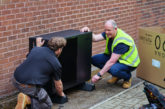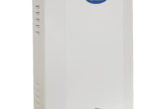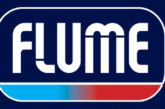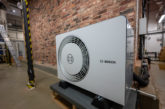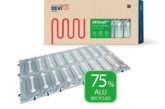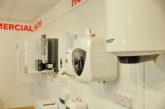
Unvented hot water storage systems remain a popular choice for several applications, including offices, schools and hotels. However, while they are often installed out of sight, they shouldn’t be out of mind, and need to be kept clean to ensure a reliable and efficient hot water supply is maintained.
Carrying out any cleaning procedures as part of an annual maintenance schedule will be sure to reduce ongoing maintenance costs by improving the efficiency and longevity of the system.
George Linder, Product Manager of Cylinders at Heatrae Sadia, outlines three key considerations to keep an unvented hot water cylinder clean and performing as it should.
Water composition
It’s vital to consider the local water composition when installing an unvented system, as it can affect the system’s performance. Let’s take chloride levels for example, where high levels can essentially attack stainless steel with its corrosive properties, potentially exposing cracks and leaks in pipework and the cylinder itself.
Water hardness goes hand-in-hand with scale deposition and the level of suspended particles in a system, which may require filtration to remove. It’s also worth noting that most pressure reducing valves will include a strainer mesh to prevent particles impairing the operation of the valve. However, it’s important to inspect and clean the strainer on at least an annual basis during any other maintenance checks.
Water treatment
Depending on local conditions and end-user requirements, installers will need to recommend specific water treatment techniques to keep a system free from contaminants.
*A filtration system will ensure water is treated before it enters the hot water cylinder, preventing the build-up of limescale within the system and on heating elements.
*Ion exchange water softening works by extracting hardness minerals in water which are causing limescale (such as calcium and magnesium) and replacing them with sodium minerals to soften the water.
*Another consideration is water conditioning, via chemical or non-chemical alternatives including electronic or magnetic water conditioning.
Control of bacterial growth
A tank can be well-designed and compliant but if it’s installed in a poorly designed system, there can still be problems with bacterial growth.
Luckily though, control of bacteria growth can be achieved thermally. For example, if the water is being stored at a temperature above 60°C, it should be circulated at a temperature below 55°C, and delivered at a temperature above 50°C. However, safe delivery temperature requirements shouldn’t be forgotten, as water delivered above 52°C will scald. Bacterial growth can also be controlled chemically via disinfection or UV treatment. However, this option is usually more expensive and only applied in large commercial installations.
Ultimately, to ensure the continued optimum performance of an unvented cylinder, it should be regularly maintained and kept clean, not least in hard water areas or where the water supply contains particulate matter. In all instances though, good system design practice and sizing in accordance with approved guidelines is required.
To register for Heatrae Sadia’s CPD course on unvented hot water systems, visit www.heatraesadia.com/specification/cpd








